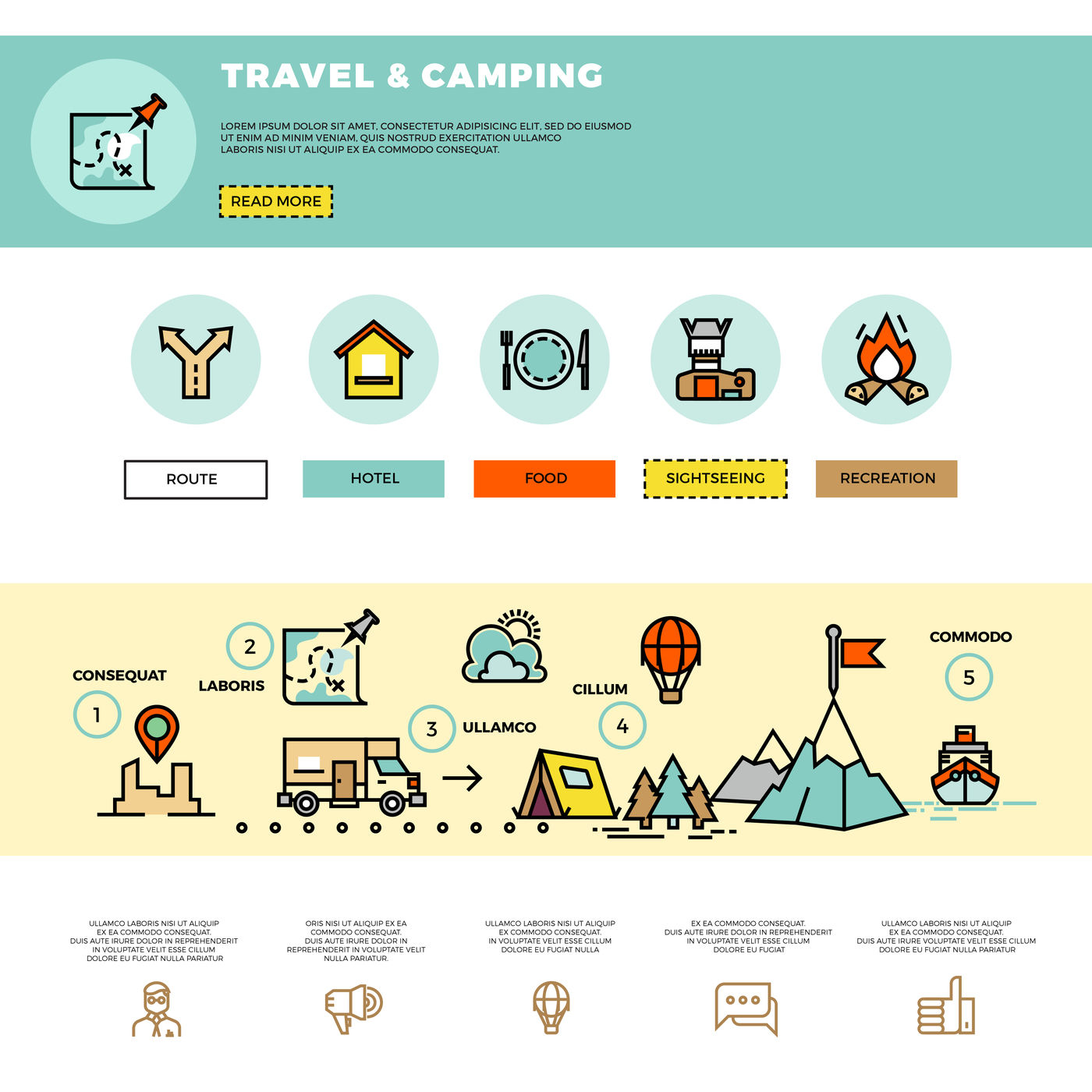Corner angles are essential elements in construction and design tasks. They offer strength, resilience, and convenience. They are additionally simple to set up and can withstand numerous environmental elements.
Home builders make use of many types of angles to develop solid, stable structures. Several of these angles are for aesthetics, while others are used to boost accessibility and function.
Toughness
The toughness of steel angles is important for making sure that frameworks are safe and can hold up against hefty loads. These elements can be used for a selection of jobs, from enhancing light beams and columns to creating structures for shelving and secure fencing. They are additionally excellent for producing assistance frameworks in commercial settings.
Bent inside corners are a vital part of contemporary design and style, as they assist to distribute anxiety equally across the product. This can make a product more powerful and much less likely to split or fall short, specifically in products such as glass, stone, and tile.
Rounded corners in rotomolded components additionally help to reduce stress concentrations, which can result in structural weaknesses and low quality. Therefore, Gregstrom Company suggests that designers use rounded corners when creating rotomolded components. These attributes will improve the overall top quality of the completed product and help to guarantee that the shaped component is strong, durable, and durable. This will certainly decrease the requirement for fixings or replacements in time.
Longevity
Curved inside corners are a crucial element of modern design and style, and they can considerably raise the stability of frameworks made from stone or glass. They additionally help to equally distribute tensile and compressive forces, which lower the possibility of cracking or damage.
These angles are crucial to our daily lives, making it simpler for us to move around in our environments. For instance, mobility device ramps, stairways, and doorways are made with exact angles to ensure safety and security and ease of access. In addition, the ideal angle is used in bridges and structures to guarantee architectural honesty.
In geometry, an angle is the point where two rays meet. It is likewise called a vertex. The four corners of a square have an inner angle of 90 degrees. Nevertheless, the term is usually used to explain any kind of type of corner. As an example, in picture structures, the top and lower rails call for 45 degree mitre cuts. This is since the board sizes are different.
Flexibility
While the ideal angle is the most typical sort of angle, other types can produce one-of-a-kind, functional, and aesthetically attractive frameworks. Whether you're making a modern coffee table or an industrial-style home, utilizing various angles will certainly help you achieve the preferred visual.
You can make use of light weight aluminum angle to make custom brackets for protecting and strengthening your tasks. These braces are lightweight and strong, so they can endure hefty lots and stress and anxieties. They also come in a range of sizes and shapes, making them a flexible selection for a wide range of projects.
Lots of contemporary buildings utilize rounded inside edges to raise structural stability and resilience. These curved corners distribute tension throughout the framework to avoid vulnerable points and splits. This is an essential consideration for canvas tent contractors and service providers, specifically when working with heavy materials like stone or tile. Creating a curved corner can also increase the lifespan of the material and reduce upkeep prices. It is necessary to pick the appropriate angles for your task, and to make certain that they are effectively mounted to stay clear of any type of prospective problems.
Expense
Curved inside corners are an important component of contemporary style and design, as they play a vital function in enhancing frame stability and longevity. They additionally help in reducing tension distribution and minimize damage. On top of that, they can boost the visual allure of a structure.
The word "edge" normally, however not always, refers to a 90 level angle. In geometry, nevertheless, the term "angle" is really a point where two lines or sides fulfill (or assemble). These points are called vertex, and they can be straight or curved.
Making use of a curved mitre in an image structure, for instance, calls for careful estimation. The mitre angle is based on the width proportion of the board at each corner. If the boards are of equal size, then they will certainly each call for a 45 degree mitre. If the boards are broader, after that they will each need a various angle. This scenario prevails in custom frameworks, where the leading and lower rails are frequently broader than the side rails.
